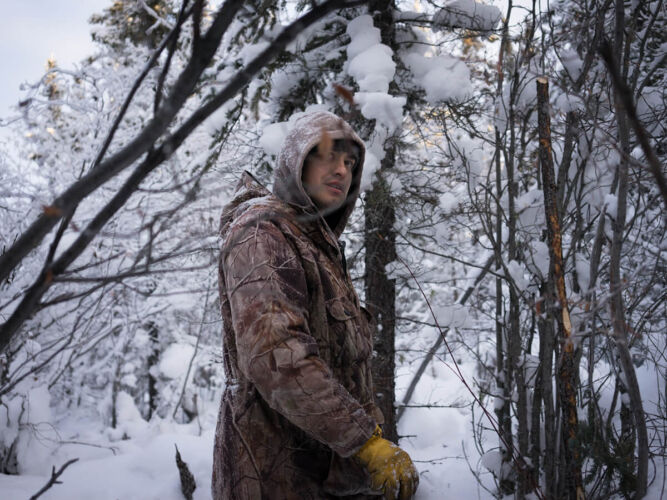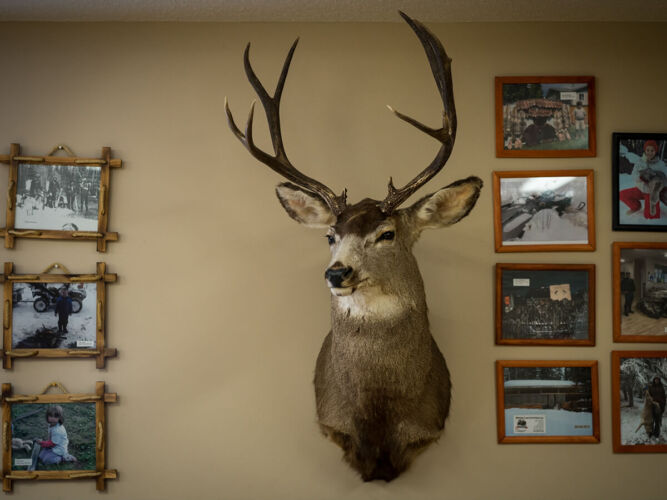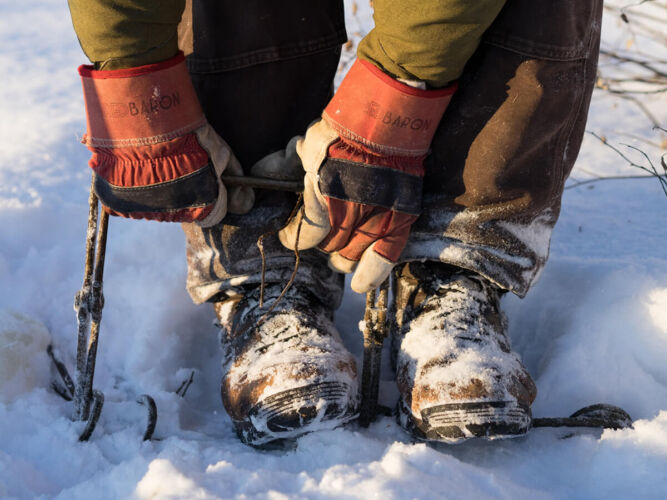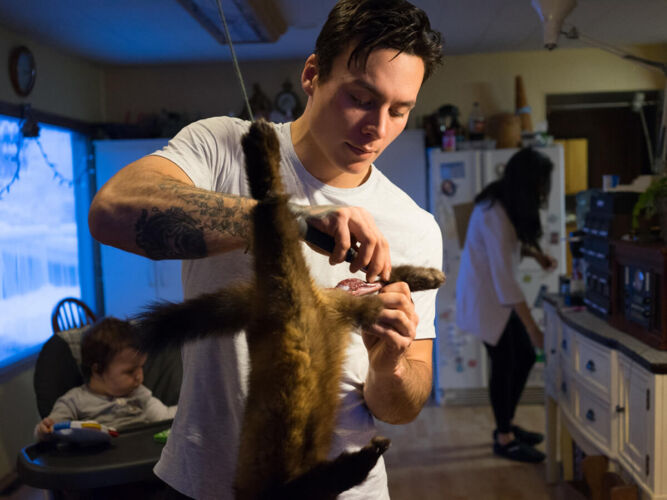project STATEMENT
The fur trade was the first relationship between Indigenous peoples and settlers in Canada. The early days were defined in large part by mutually beneficial relationships between Indigenous trappers and European traders. But this all changed after American independence in 1783, as the British scrambled to take control of the North and colonization efforts intensified. By the time the treaty making process started in western Canada 100 years later, Indigenous groups faced dwindling resources and the encroachment of settlers on their territories. Many Indigenous leaders looked to the treaty making process as a way to secure a future for their communities in a rapidly changing landscape.
Fur Country explores what the fur trade looks like today—spanning Cree, Dene, and Metis lands within Treaty 8 and Treaty 11 territories. Trapping in and of itself has almost become a lost art; the generational impacts of colonization, fluctuating fur prices, pressures from animal rights groups, and industrial development all make the traditional lifestyle of the trapper less attainable. But a handful of people are still taking up trapping and continue to live out the values it espouses: connection to the land, working with your hands, diligence, and dedication.







